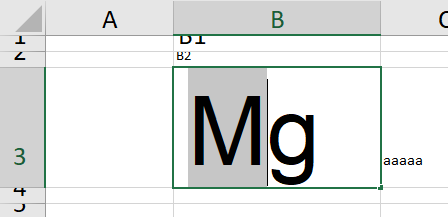
Hi Fabio
In Excel worksheets, the default row height is determined by the font size. As you increase or decrease the font size for a specific row(s), Excel automatically makes the row taller or shorter.
The height and width attributes in the file are defined as part of ISO 29500. Section 18.3.1.13 covers columns and includes the formula mentioned below. Section 18.3.1.73 describes rows, and there is no formula at play here: “ht (Row Height) Row height measured in point size. There is no margin padding on row height.”
With the default font Calibri 11, the row height is 12.75 points, which is approximately 1/6 inch or 0.4 cm. In practice, with Excel 2013 and later, row height varies depending on the display scaling (DPI) from 15 points on a 100% dpi to 14.3 points on a 200% dpi.
Here is a formula converting Row Height from Points to Pixel (assuming on a machine DPI is set to 96 Dot Per Inch).
DPI = 96 //assuming Dot Per Inch at 96)
PPI = 72 //points per inch
Pixels = Points/PPI * DPI //Row Height in Points divided by PPI times DPI
Here is a Stack Overflow Page on how to determine User’s DPI Settings https://stackoverflow.com/questions/21165986/is-it-possible-to-react-to-users-dpi-settings-in-a-net-application
Let me know if this answered your question.
Hung-Chun Yu
Microsoft Open Specifications



